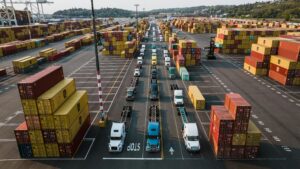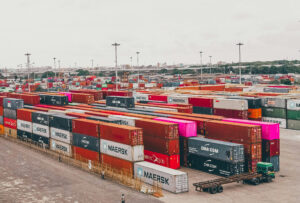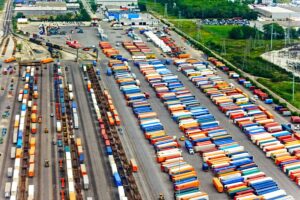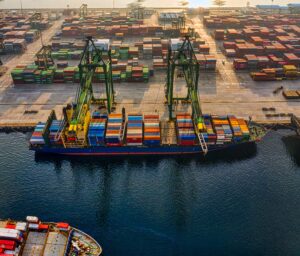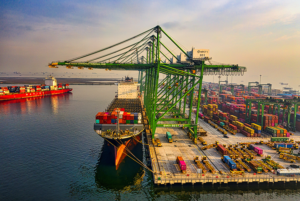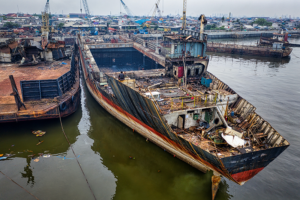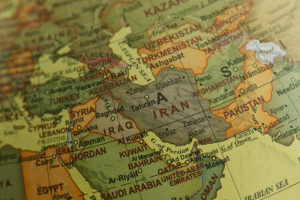Surcharges Impacting Freight Forwarders
Freight forwarders face a variety of surcharges as they navigate the complexities of transporting cargo. These charges, including congestion fees, seasonal charges, and security surcharges, are levied by carriers and terminal operators to cover additional costs for processing and transporting goods. Congestion Fees Congestion charges are imposed by carriers for additional costs they incur […]


